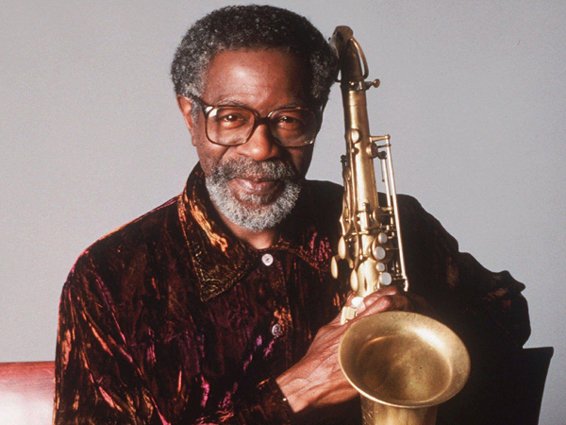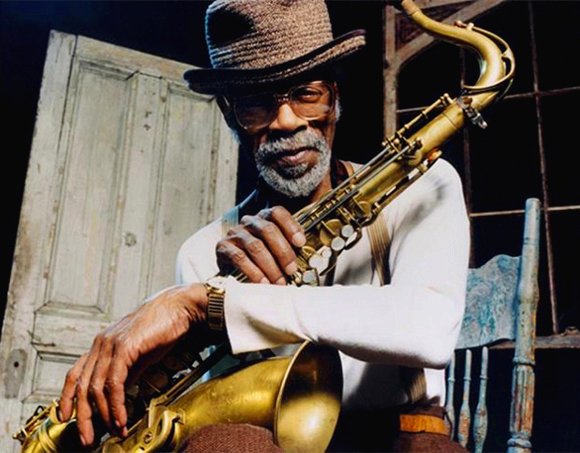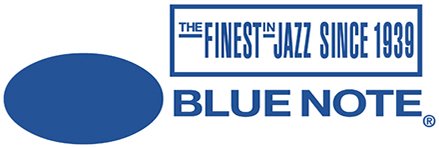Joe Henderson (saxo tenor), Carmell Jones (trompeta), Horace Silver (piano), Teddy Smith (contrabajo) y Roger Humphries (batería). Extraído del álbum Song for My Father (1965) de Horace Silver.
Joe Henderon era un saxofonista tenor norteamericano cuya carrera musical duró más de cuarenta años. Empezó a trabajar en Detroit a mediados de los años cincuenta, y después de cumplir el servicio militar se trasladó a Nueva York, donde conoció al saxofonista tenor Junior Cook y al trompetista Kenny Dorham. Aunque al principio solo tocaba hard bop, luego se adentró en el rhythm and blues, la música latina y el avant-garde. En 1964 el pianista Horace Silver lo llamó para fundar su segundo quinteto, con el que participó en Song for My Father (1965) y The Cape Verdean Blues (1966). Luego abandonó a Silver y formó una big band con Dorham.
Joe Henderon was an American tenor saxophonist whose musical career spanned more than forty years. He began working in Detroit in the mid-1950s, and after his military service he moved to New York, where he met tenor saxophonist Junior Cook and trumpeter Kenny Dorham. Although at first he played only hard bop, he later delved into rhythm and blues, Latin music and avant-garde. In 1964 pianist Horace Silver called him to found his second quintet, with which he took part in Song for My Father (1965) and The Cape Verdean Blues (1966). He later left Silver and formed a big band with Dorham.

De 1963 a 1968 Henderson apareció en casi treinta álbums del sello Blue Note, cinco de ellos a su nombre. Después publicó dos álbums con Milestone Records, luego otros dos para el sello Verve, y en 1969 volvió a Milestone hasta 1975. Colaboró con el prestigioso trompetista Freddie Hubbard en sus dos mejores trabajos y experimentó con el jazz fusión. Permaneció como líder durante los años 1980 y se enfocó en reinterpretar estándars y sus propias composiciones anteriores. En 1992 grabó Lush Life: The Music of Billy Strayhorn (1993), que fue todo un éxito, seguido de So Near, So Far (Musings for Miles) (1993) y Double Rainbow: The Music of Antonio Carlos Jobim (1995), con lo que se hizo famoso. Murió en el 2001 en San Francisco de un ataque cardíaco a los 64 años de edad.
From 1963 to 1968 Henderson appeared on nearly thirty albums on the Blue Note label, five of them under his name. He then released two albums with Milestone Records, then two more for the Verve label, and in 1969 he returned to Milestone until 1975. He collaborated with prestigious trumpeter Freddie Hubbard on his two best works and experimented with jazz fusion. Henderson remained a leader throughout the 1980s and focused on reinterpreting standards and his own earlier compositions. In 1992 he recorded Lush Life: The Music of Billy Strayhorn (1993), which was a success, followed by So Near, So Far (Musings for Miles) (1993) and Double Rainbow: The Music of Antonio Carlos Jobim (1995), with which he became famous. He died in 2001 in San Francisco of a heart attack at the age of 64.

La introducción la hacen Silver y Jones, y luego se incorporan los demás músicos para exponer el tema. Unos redobles de Jones componen el puente. Silver comienza su solo con ritmo pausado, pero añadiendo secciones más animadas de vez en cuando y pinceladas de blues. A continuación entra Henderson haciendo ruidos extraños con el saxo antes de realizar su solo, que se va haciendo más intenso a medida que avanza. Después Silver toca un suave interludio para dar paso a la reexposición del tema.
The introduction is by Silver and Jones, and then the other musicians join in to lay out the theme. Some rolls by Jones make up the bridge. Silver begins his solo with a slow tempo, but adding more upbeat sections from time to time and bluesy brushstrokes. Henderson then enters making strange noises on the saxophone before taking his solo, which becomes more intense as he goes along. Afterwards Silver plays a gentle interlude to give way to the re-exposition of the theme.

Translated with the help of DeepL
℗ Blue Note Records


Si te ha gustado el tema, quizá querrás escuchar los anteriores de este álbum:
If you liked the track, you might want to listen to the previous ones on this album:


Your post has been supported and upvoted from the Classical Music community (Subscribe at peakd) as it appears to be of interest to our community. We also support jazz and folk music posts!
If you enjoy our support of the #classical-music community, please consider a small upvote to help grow the support account!
You can find details about us below.
The classical music community at #classical-music, Peakd and Discord. Follow our community accounts @classical-music and @classical-radio or follow our curation trail (classical-radio) at Hive Vote!